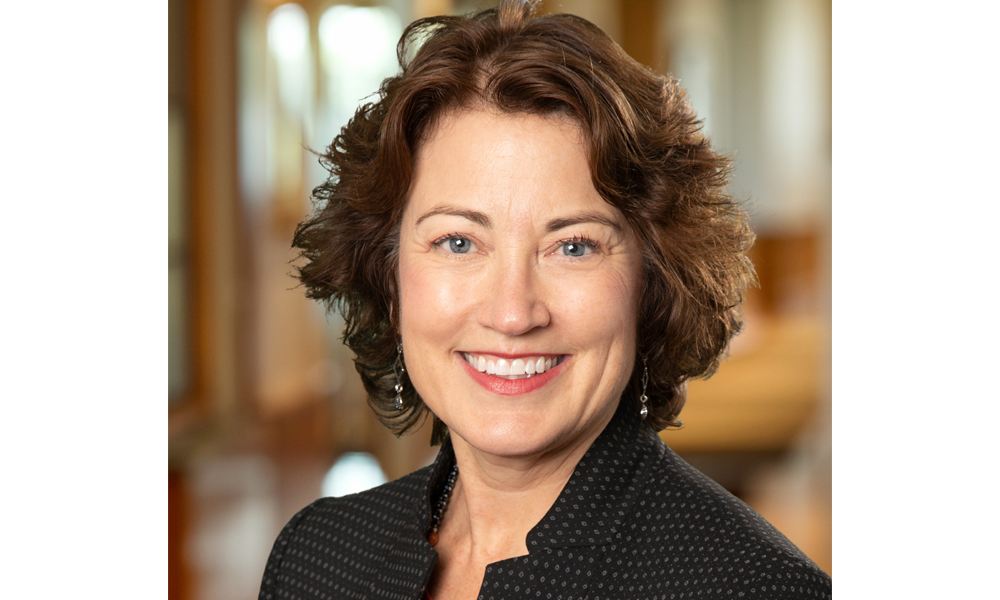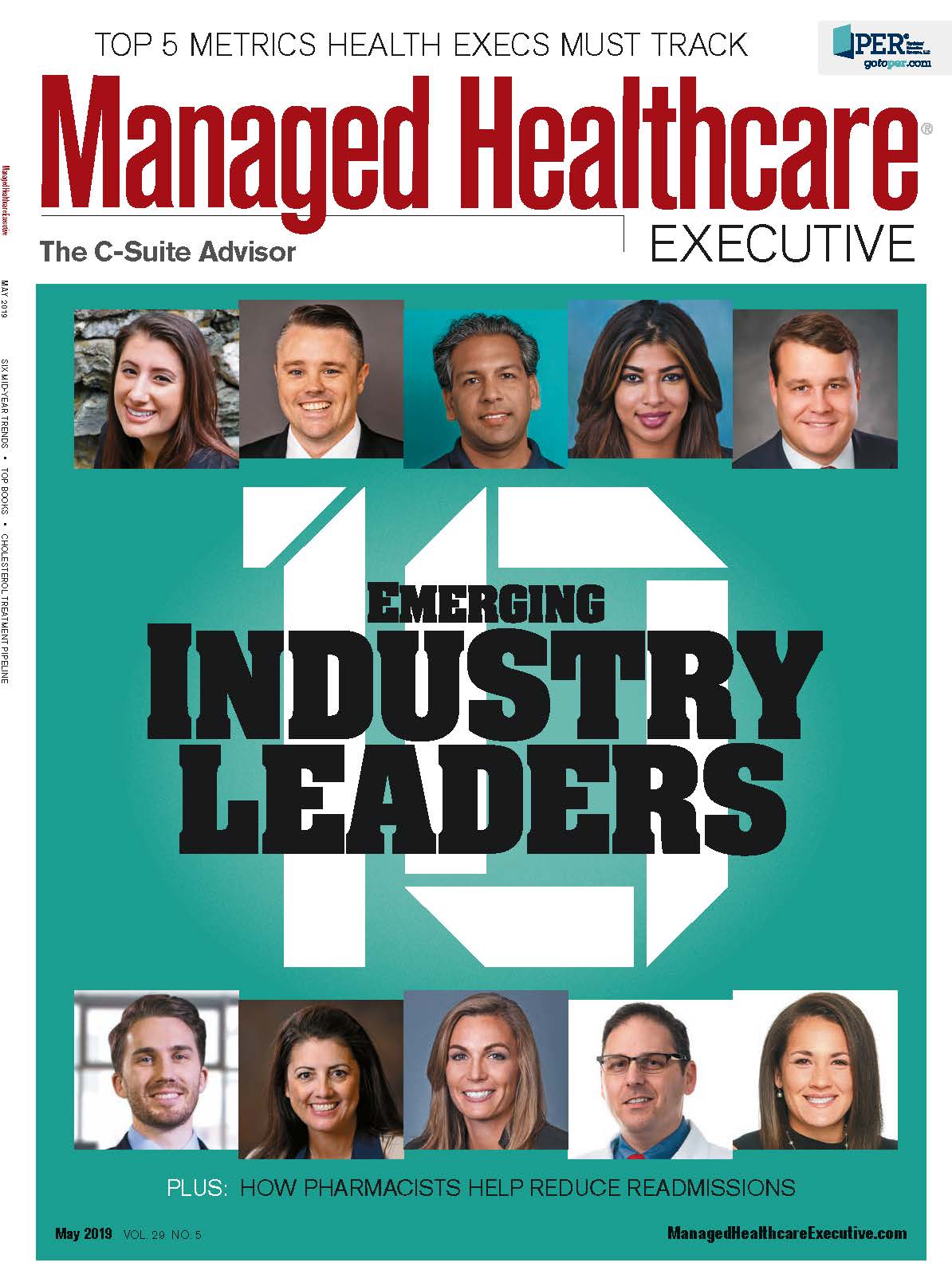Featured Exec Andrea Walsh: CEO of HealthPartners
From tips for new healthcare leaders to growing initiatives, Andrea Walsh shows why people are the most important part of every part of healthcare.

HealthPartners’ President and CEO Andrea Walsh’s approach to leadership in healthcare can be summed up in a single word: people.
While Andrea Walsh might be relatively new in her CEO position at HealthPartners-she just finished up her first full year this past summer-she’s certainly not new to the organization.
Walsh has been with HealthPartners for over 24 years, but says that she is still excited by what attracted her to the organization in the first place: being a part of an organization that partners with communities to focus on improving health-in other words, an organization that partners with a variety of people to care for people.
Related article: Featured Exec Michael Dowling: CEO of Largest Integrated Health System in New York
“Many organizations have similar missions,” she says, “but not many have our range of capabilities in health, health care, financing and coverage, and research and education. We bring these capabilities together in unique ways to better support and care for people and to partner more effectively in the community. I can’t imagine more meaningful work, and it is what attracts me most to the role.”
When Walsh says that not many organizations have the same scope as HealthPartners, she isn’t hyperbolizing. After all, HealthPartners, headquartered in Bloomington, Minnesota, is the largest consumer governed nonprofit health care organization in the country. It boasts over 90 clinics and hospitals with over 26,000 employees. It offers health insurance in six states and includes over 1.8 million insured members.
Constant improvement
Walsh isn’t resting on those laurels, however. Her three main goals for her first year on the job were growth, improvement, and innovation-and through her hard work her vision has been realized in a variety of areas.
In the growth category, HealthPartners added Hutchinson Health to their care system, a 66-bed hospital in central Minnesota. Walsh also says that being named a Top 15 Health System by IBM Watson Health in 2018 for the second year running is a clear sign of improvement, and that her team’s creation of a 24/7 online clinic-virtuwell.com, which she says costs about $105 less per episode than a traditional clinic visit and has saved over 750,000 hours for HealthPartners’ patients-indicates that innovation is alive and well in the company culture.
But Walsh is most excited about what that growth and technology mean for people. “When I talk with other health leaders,” Walsh says, “I especially like exchanging ideas that broaden our concept of health and well-being. Here’s why: We know that 80% of what makes people live healthy, long lives doesn’t happen in a doctor’s office or through a health plan. It results from good nutrition and lifestyle choices, good environments, strong educational systems, and more. High-quality, affordable care and coverage is a cornerstone, but it’s not enough. In other words, if our mission is health, we in the health care industry have to keep reaching across our traditional boundaries and partner with other sectors for the good of the community.”
One of the things she’s most proud of is partnering with her team and the organization’s surrounding communities to work on making diversity a priority. “Every day I’m grateful for our team of 26,000 and proud of our strong ‘Head + Heart, Together’ culture, which blends the science of medicine with the compassion and humanity of our hearts,” she says. “I’m proud of our work on diversity and inclusion. We aspire to be an organization where everyone is welcomed, included and valued.”
One practical way they did this was through in-home FIT test program designed to help Spanish-speaking patients receive colon testing. The program saw 70% of that patient population screened, compared to an average rate of 54%.
Another example is the organization’s efforts to promote mental health in the Twin Cities, where they have partnered with schools, law enforcement, social service agencies, faith organizations, and even competing health systems to share ideas and combine resources. From this, they’ve released a public information campaign to destigmatize mental illness-Make It OK-which includes the podcast “The Hilarious World of Depression,” where comedians, authors, and musicians talk about depression and which has been downloaded over 6 million times.
Walsh also says that she is proud of progress in the organization’s Children’s Health Initiative, especially in the arena of early brain development. In 2016, HealthPartners convened 200 organizations for a summit on childhood brain development from pregnancy to age three. During the now annual gathering, organizations learn more about how they can partner and support children in their earliest years of life.
The organization also distributed 250,000 books through the national Reach Out and Read program and has implemented universal screening for post-partum depression in pediatricians’ offices.
Internally, HealthPartners has been focused on dialogue about being more welcoming. “We are engaging in organization-wide conversations on topics that include many dimensions of diversity including race, LGBTQ, poverty, disability, and language. This past year we also focused on how to better support colleagues who experience bias from patients and members,” Walsh says.
Lessons learned
All of that growth wasn’t without its challenges, something Walsh knew would be the case coming into her role. Overall, she says, “The key challenges were clear and still are. Health reform is in constant flux. Federal and state funding for health care programs is under pressure. Health care consumers and employers are fed up with healthcare costs and complexity. It’s a time of overall change and uncertainty in our industry and, like all health organizations, we’re working to navigate it.”
Walsh also says that another more personal challenge was navigating a new role. So how did she overcome these challenges?
The answer is simple: she listened. “In my first year, I did a lot of listening, spending time with leaders and teams across our system. I shadowed physicians and care teams to listen, learn, and better understand our opportunities to innovate and improve. I also spent time in our community with patients, members, employers and community partners. I knew I’d learn a lot, but I couldn’t have predicted just how rewarding and fulfilling this time would be.”
She credits that dedication to listening and learning in shaping strategic directions and helping to create a more intentional second year.
Related article: Featured Exec Scott Rissmiller, MD: Chief Physician Executive at Atrium Health
That commitment to learning has long been a part of Walsh’s career. She says that she has been fortunate to have learned from and been inspired by strong women in leadership roles, saying that HealthPartners “has an especially rich history of women at all levels of management and a culture that genuinely supports equal opportunity for all.” Her advice for other emerging women leaders is to do the same, “to build and make strong mentoring connections with others, and to look for organizations who are on the forefront of workplace equality and opportunity.”
When asked what advice she would give to her younger self, she again stressed the importance of people. “Achievement is not a solo effort. Slow down to build a team and the culture that will enable you to execute,” adding that “success is not a zero-sum game. Look for win-win solutions.”
And her number one tip for new leaders? “Use mission, vision, and values as your compass so that you can confidently embrace ambiguity and change.”
Nicholas Hamm is an editor with Managed Healthcare Executive

Extending the Capabilities of the EHR Through Automation
August 2nd 2023Welcome back to another episode of "Tuning In to the C-Suite," where Briana Contreras, an editor of Managed Healthcare Executive, had the pleasure of chatting with Cindy Gaines, chief clinical transformation officer at Lumeon.
Listen
Automate Your Practice's Workflows with These 5 Tools
October 4th 2023To maintain patient satisfaction and regulatory compliance and reduce potential clerical errors while maintaining high productivity, you can ease your staff’s burdens by automating your practice’s workflows and empower your staff to do more in less time.
Read More